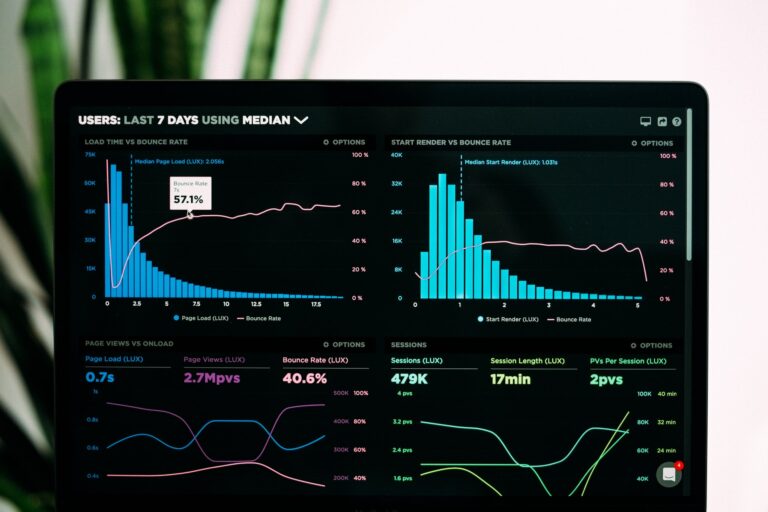Despite the constant global concern regarding climate change, many companies still fail to realize its impact on their business. But, luckily, some ventures take this issue seriously, seeking new ways and technologies to stay effective while preserving the environment. The use of modern tech allows such companies to stay productive and build revenue despite the changing climate conditions. Hence, such enterprises become climate-resilient, which is critical in today’s world.
But what are these technologies they use? There are a variety of innovations on different markets, catering to most world industries. Most of them rely on geospatial data that is analyzed by advanced algorithms to pull out the necessary data on any changes in the Earth’s cover. For instance, it could be a farming software or a forest monitoring app that offers users invaluable data on changes that occur on the site, including climate-related ones. Let’s get into more detail on what geospatial data means before discussing its role in building climate resilience.
What is Geospatial Data?
Geospatial data (GD) is any information that is tied to locations, features, and events happening at a particular time at a specific place on the Earth. GD combines location information (coordinates), attribute information (object characteristics), and temporal information (time at which the location and attribute data exist). The volume of such data is growing at a staggering pace, as it is predominantly created not by people but by a wide range of devices. They are generated by smartphones, tablets, satellites, digital cameras, as well as radars, sensor networks, and various types of transport. As the trends of the Internet of Things and the Industrial Internet pick up growth, the volume of geospatial data will grow even more intensively than it does now. Further geospatial data analysis enables unmatched changes detection, allowing for tracking climate change patterns and much more.
Geospatial Data Use Cases
Here are some of the most common purposes geospatial data is used for.
Smart Water Resources Management
Water infrastructure is quite expensive to build and maintain, making its correct management a significant key to effective and sustainable water use. Geospatial data analysis aids in water resources management, water treatment, and water supply. Used by companies that manufacture, supply, and process water, it helps make critical decisions about water intake by analyzing satellite imagery.
Risk of Natural Disasters Evaluation
Most damage from natural disasters could have been prevented with better awareness of the population and property at risk, the environmental risk factors in the area, and the signs and dynamics of specific hazards. Geospatial data allows for retrieving the necessary information from weather and earth observation satellites, communications satellites, and satellite positioning technologies to enable environmental risks evaluation and analysis.
Vegetation Analysis Around Power Lines
LIDAR (Light Detection and Ranging) geospatial data from aerial vehicles and satellites allows for remote buildings and trees height measurement across huge territories. This information is of great help in combating such climate-related risks as wildfires, for example. To eliminate the threat of these risks happening, utility companies could also identify areas vulnerable to fires by visualizing vegetation growth and its state-based on geospatial data.
What is GIS?
GIS is a geographic information system for the input, storage, search, analysis, and output of geographically referenced data. Essential elements of GIS are attributes, that is, additional information related to the GD. There is also the concept of “data layers” – a combination of attributes and coordinates. For example, a map with objects applied to it can act as a layer. Analyzing geospatial data is also called spatial analytics. It is used to get answers to questions about the world: current situation at a given point or the vector of changes associated with various factors, with modeling and forecasts.
GIS in Climate Change Resilience
Here are some ways GIS can be used to build climate resilience:
- Location of areas with thermal abnormalities
- Detecting connection between natural atmospheric processes and global warming
- Tracking connection between global warming and ecological changes in different regions
- Visualization of factors threatening to the environment and the particular industry
Ultimately, geospatial data and modern tech for its collection and analysis are great tools for governments and organizations in creating climate resilience based on reliable, relevant, and accurate information.
For additional information please visit the Local Digital Business.







